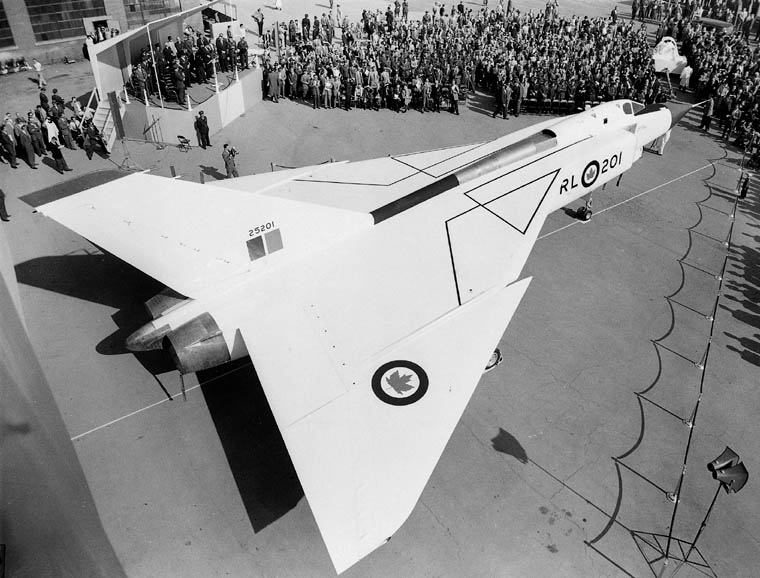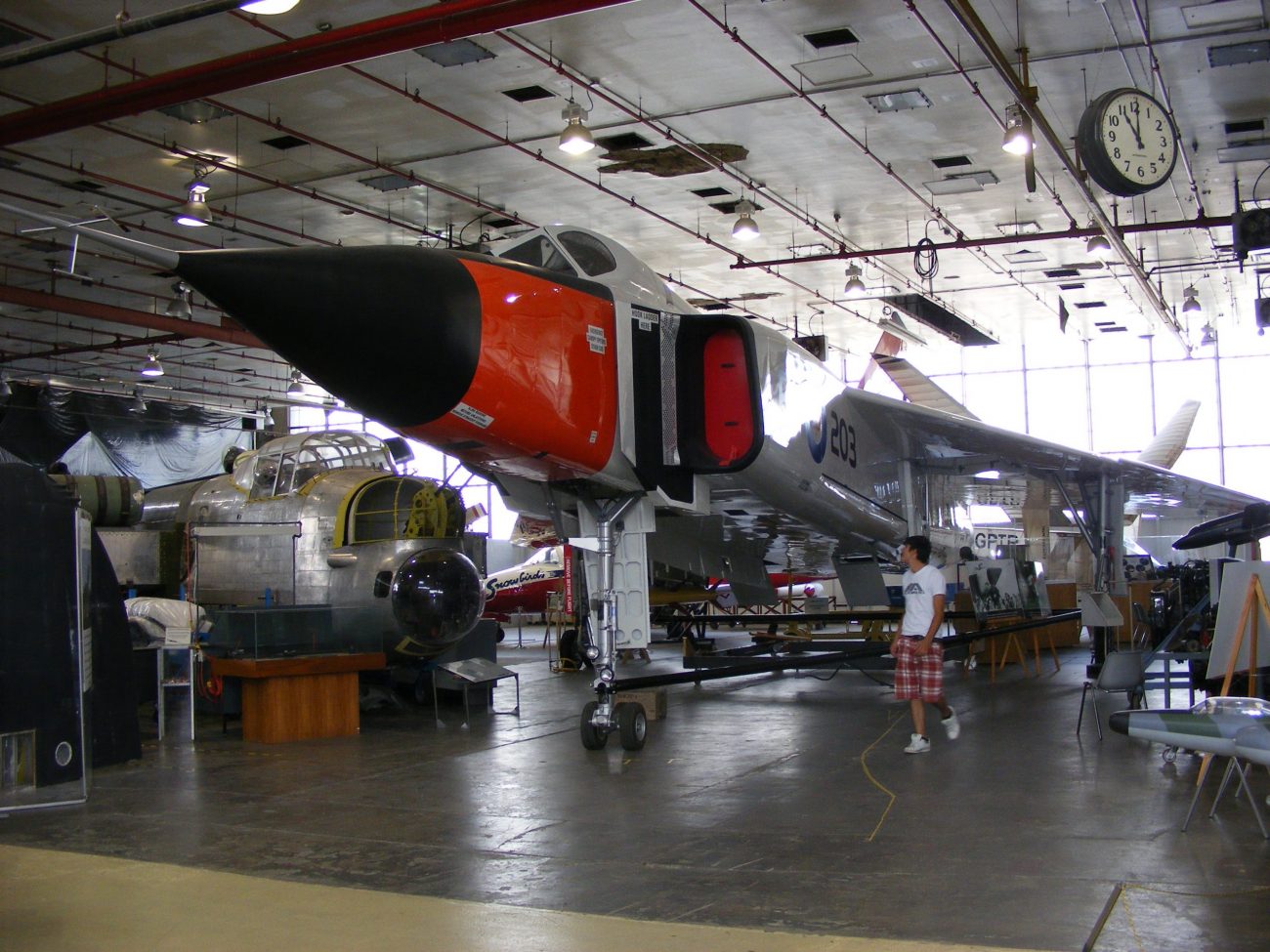President Donald Trump’s efforts to shift the US strategic focus from Europe to the Indo-Pacific region, to counter the Chinese threat, are understandably making European nations nervous.
Similarly, on the other side of the Arctic, Canada, a steadfast US ally for many decades, is trying to expand its defense partnerships in Europe to counterbalance US influence.
The US is no longer seen as a reliable defense partner in Europe, or even in North America.
Consequently, ‘self-reliance’ in defense has become a buzzword in Europe. France is repeatedly emphasizing the significance of developing European self-reliance.
At the same time, Paris is positioning itself as a more reliable defense partner for European countries, as well as for Canada, which can serve as an alternative source to supply defense platforms.
Fighter jets are a key plank of this European ‘self-reliance’ in defense. A host of countries, ranging from Portugal and Denmark to Spain and Canada, are reviewing their existing F-35 orders and exploring alternative options, such as the French Rafale, the Swedish Gripen, and the Eurofighter Typhoon.
However, it is worth noting that this Western urge for ‘self-reliance’ in defense, so as not to entirely depend on US defense platforms for their security needs, has a long precedent, both in Europe and in Canada.
In Europe, it gave birth to well-known fighter jets, including the Rafale, Gripen, Eurofighter Typhoon, Jaguar, Tornado, and Mirage.
However, about seven decades ago, Canada made an ambitious attempt to design and develop its own fighter jet. That effort resulted in an advanced supersonic interceptor, the Avro Arrow (CF-105) program, which was far ahead of its time.

Despite that, exactly 66 years ago, in a controversial decision which is still debated today, Canada made the historic decision to cancel the Avro Arrow program, a move that dashed the nation’s chances of becoming a dominant force in military aviation and engineering.
Many believe that it was none other than the US that sabotaged the promising Avro Arrow program to criple Canada’s chances of becoming a military aviation superpower in its own right, and to make Ottawa perpetually reliant on US technology for fighter jets.
As Canada reviews its F-35 deal and explores European alternatives, it is worth recalling Ottawa’s unfulfilled pursuit of an independent fighter jet.
The Avro Arrow Program
The Avro Arrow program had its genesis in the Cold War era’s geopolitics.
The Second World War had ended, and the Soviet Union was the new emerging threat to the Western world.
In the early 1950s, advancements in Soviet long-range bomber technology had become a major concern for Western nations, including Canada, which found itself at the forefront of North American air defense.
Recognizing the urgent need for a high-performance interceptor capable of countering this threat, Canadian defense planners issued Specification AIR 7-3, which laid out the requirements for a next-generation interceptor. The new aircraft had to be highly advanced, with the ability to cruise at Mach 1.5 at an altitude of 50,000 feet within five minutes of takeoff.
It also needed to have an operational range of 300 nautical miles at standard speeds and 200 nautical miles at high-speed intercepts. Additionally, it had to be capable of operating from a relatively short 6,000-foot runway and have a rapid turnaround time of just 10 minutes between missions.
The task was assigned to Avro Canada, which undertook one of the most ambitious aerospace projects in the nation’s history. Notably, Avro Canada was established in the pre-war era as part of Britain’s ‘shadow factories’ to boost aircraft production. During the war, the company made significant contributions to the war effort by manufacturing legendary aircraft, including the Hawker Hurricane and the Lancaster Bomber.

After the war ended, Avro Canada produced legendary aircraft such as the C-102 Jetliner, North America’s first passenger jet, and the world’s second jet airliner. A year later, the company unveiled the CF-100 Canuck, Canada’s first and only mass-produced jet fighter.
The Rise Of Avro Arrow
Development started in 1955, and in record time, the first Arrow was rolled out to the public on October 4, 1957. However, as fate would have it, on the same day, the Soviet Union launched Sputnik 1, an event that marked the beginning of the space age.
The aircraft completed its taxiing trials and flew for the first time in March 1958.
The first Arrow, RL-201, subsequently reached its intended service ceiling of 50,000 feet, almost touching Mach 2, putting the Canadians at the leading edge of technology with the most advanced fighter of its time and class.
In total, four prototypes were built. However, simultaneously, across the Arctic, the Soviet Union was working on another revolutionary technology that had the potential to make interceptor fighters irrelevant and obsolete.
The missile age had arrived, and the Kremlin was developing Intercontinental Ballistic Missiles (ICBMs). At that time, military analysts thought that the arrival of ICBMs would push the world into a “push button” warfare scenario, where the nuclear threat was restricted to long-range missiles, with interceptors and bombers no longer playing a dominant role.
That belief turned out to be misplaced, as the Bombers, and consequently, the interceptor aircraft, remain relevant even after six decades.
However, increasingly worried about the ICBM threat, the rising costs of the Arrow project, and the belief that missile defense would be a smarter investment, the Canadian government decided to end the project.
On February 20, 1959, the project was officially canceled by the government, a day remembered as “Black Friday” in Canadian aviation history. It also left 15,000 Avro employees and 14,000 other individuals in the supply chain without employment.
However, what made the decision even more controversial was the fact that the Canadian government insisted on destroying all existing Arrow prototypes, blueprints, and related documents, despite both the US and the UK being interested in using the Arrow prototypes for their own research.
US Sabotage Killed Arrow?
To this day, the abrupt cancellation of the Avro Arrow program sparked widespread speculation, with many conspiracy theories blaming the US.
These theories believe that the United States played a covert role in influencing Canada’s decision. According to this theory, Washington misled Canada by deliberately exaggerating the threat posed by the Soviet intercontinental ballistic missiles (ICBMs).
Another theory blames Canada’s intelligence failure.
Irrespective of who influenced the decision, it can not be denied that the decision killed a promising Canadian interceptor aircraft, and with it, Canada’s indigenous aerospace industry.
Similarly, whether or not the US played a role in Canada’s decision, it cannot be denied that Washington benefited enormously from Ottawa’s decision to cancel the program, as it resulted in Canada becoming dependent on the US for combat aircraft.
As Europe and Canada strive to reduce their dependence on US military platforms, the story of the Avro Arrow’s tragic and untimely demise remains a poignant lesson for Europe even today.



